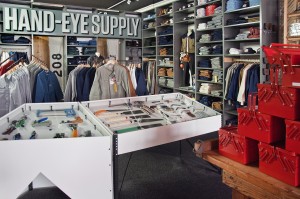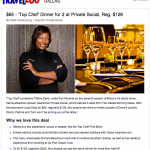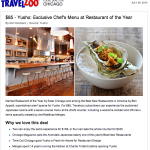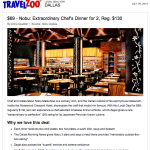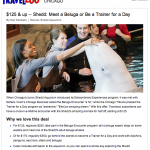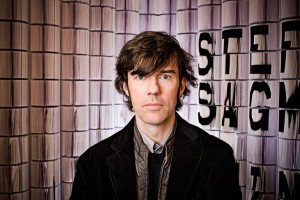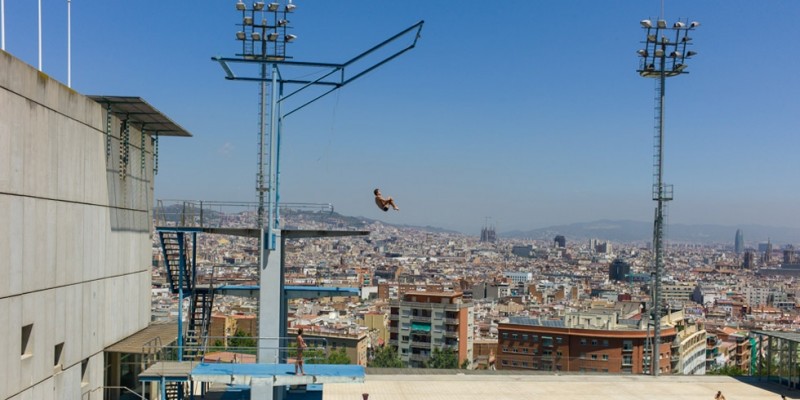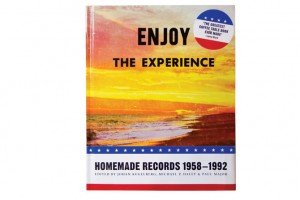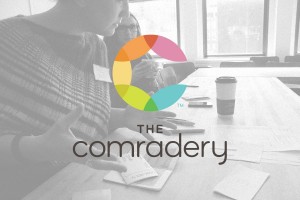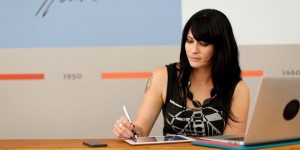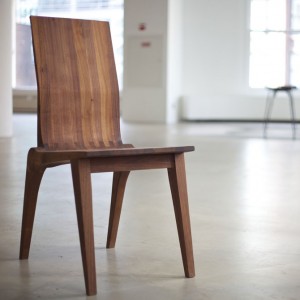Helping a Bakery Rise Up and Reach Out
Blue Sky Bakery & Café Case Study
EPIC
Link
Blue Sky Bakery & Café in North Center serves the community in both senses of the word, providing baked goods and sandwiches as well as job training and employment experience to homeless and at-risk youth. For teens hungering for a better life, the non-profit’s 12-week paid program lays the foundation for success, imparting self-confidence and job skills. But the effort that comes with running the cafe means the marketing effort has never reached its full potential. Enter EPIC, to bring the messaging to maturity.
The EPIC volunteer team, led by Radhika Gupta, Senior Interaction Designer at Acquity Group, rebranded Blue Sky, explaining cooking’s role as a vehicle for social change. A tattoo-inspired logo that hit the perfect note was the cornerstone of the campaign, and numerous other touch points, like new business cards and signage, told the story of the social enterprise.
The team approached community engagement from multiple angles, crafting a strategy to increase traffic, catering orders and neighborhood awareness, while letting customers know about “baked goods for the common good.” Zeroing in on moms and commuters, the team drafted posters and formulated interactive means of engagement, like a “keep the social change” jar and a collective program to sponsor the training of an additional youth at the bakery. Striking photography by Robert Olding – which incorporated mouthwatering food imagery and the children of two team members – spoke to the mommy demographic.
As one of the new taglines explained, Blue Sky promises “social change, powered by your appetite.” The EPIC team’s communication strategy raised awareness of the bakery and café’s social mission and helped locals become more invested. In the end, what is a good neighborhood café and if it doesn’t bring the community together?
Case Study by Patrick Sisson
EPIC TEAM, CHICAGO
Radhika Gupta: Team Lead
Andrew Berriz: Strategist
Kenny Lapins: Writer
Nicole Nejati: Project Manager
Robert Olding: Photographer
Spencer Rysman: Designer
Nicholas Stocking: Strategy
Libby Taggart: Researcher/Designer
Brad Tippett: Web Designer/Developer
Jennifer Wisniewski: Designer

